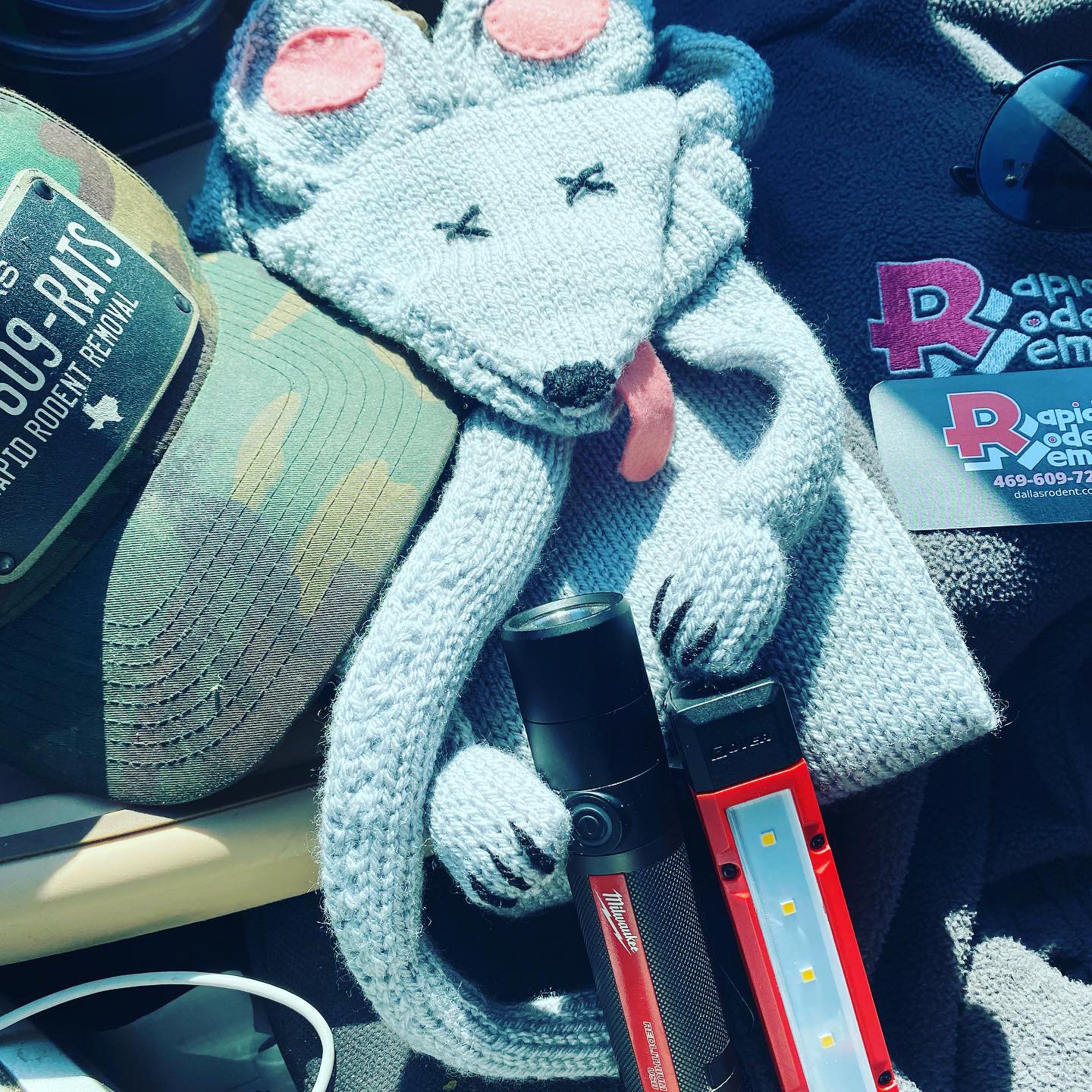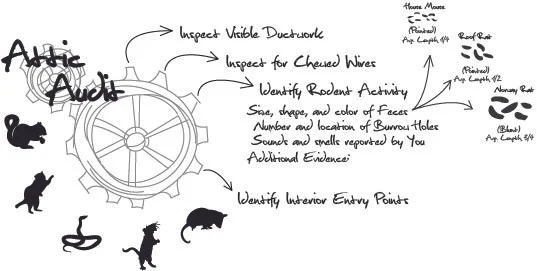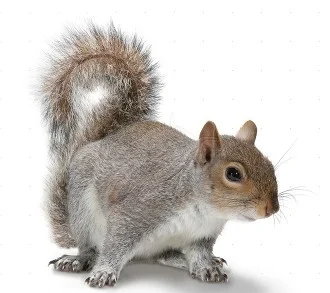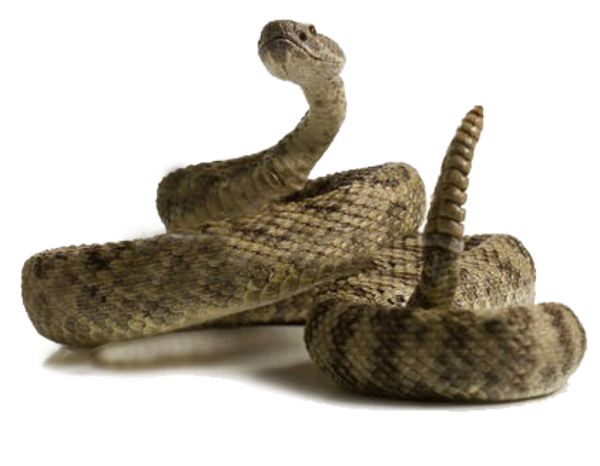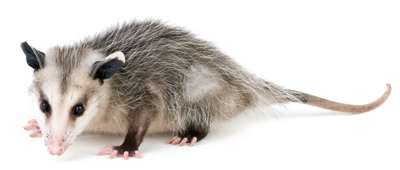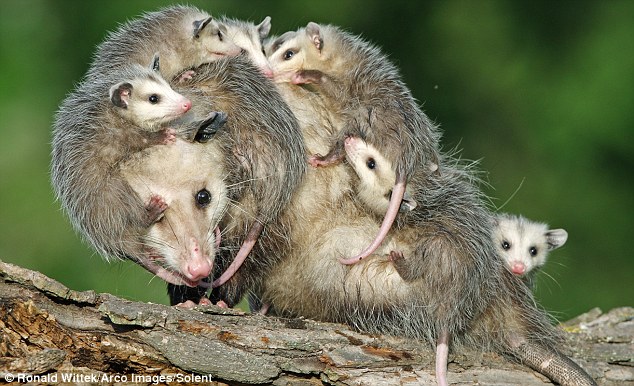Rat Removal
Our Rodent Control Specialists provide Trapping and Removal, Decontamination Services, and Entry Prevention and Roof Repair for any type of rats or rodents at a Lower Price than our Competitors. We are fully Licensed, Bonded, and Insured which allows us to provide Guaranteed Great Customer Service for animal in the attic problems and expertise in how to tell the difference between rat vs mouse
A Plano RAT CONTROL COMPANY
Rodent Removal is a Full Service Wildlife Management Firm that applies Innovative Environmentally-Responsible Techniques for handling Nuisance Rodent Control & Animal Control problems. Don't buy into the panic & fear while getting taken advantage of with a one-sized fits all mentality that other companies offer. Ask about our Individualized Rat Removal Plan today.
Dead RAT REMOVAL
Our Friendly Dallas Rat Exterminator Specialists can identify the Problem Areas while providing customer education. Our Individualized Step-by-Step approach to Re-establish Rat Control in or around Your Home includes Damage Prevention, and Repair Recommendations. We humanely Remove Animals and follow up on our work.
INFESTATION IN YOUR Plano ATTIC ?
Heard or Found Rats in Your Home & Attic? That doesn't necessarily mean you have an Animal in the Attic Infestation. Our Rat Control Experts have Techniques and Products like best mouse bait to save you thousands when Treating or Preventing future Infestations.
Looking for the BEST PRICE ?
Our Competitive Pricing is another great reason to choose us!
Click for info on Squirrel Removal if you think the sound you hear isn't rats.
READ OUR INFORMATION ON:
HOW TO GET RID OF RATS IN THE ATTIC
HOW TO TELL THE DIFFERENCE BETWEEN A RAT VS MOUSE
HOW TO GET RID OF DEAD ANIMAL SMELL
RAPID RODENT REMOVAL Plano (469) 609 - RATS
CALL NOW FOR RODENT ERADICATION & REMOVAL
getting rid of roof rats fast!
One of your first indications of a rat infestation may be the appearance of pellet-sized dropping in your home and attic. These feces are a good indicator of how long your problem has been there, with fresh droppings appearing very dark and soft. After 4-5 days, the droppings will lose their color and harden. While there are 40 – 50 species of mice and roof rats in Texas alone, you are most likely to find Roof Rats and/or Norway Rats causing problems in and around your home. Rats can be incredibly destructive house guests, creating problems seen and unseen, such as:
Destroying the insulation in your attic
Leaving feces and urine in your attic and walls
Chewing on wires and ducting in your attic
Spreading diseases to you, your family, and your pets
Because of their prolific breeding habits and their destructive nature, it is important to have any rat problem taken care of immediately. Call us now for a free inspection of your home.
(469) 609 - RATS
HEALTH RISKS
Contamination of food and disease transmission are two major concerns with rat infestations. Rats will contaminate your food with feces and urine while searching for something to eat which transmits diseases to humans and pets. Rat mites, fleas and lice can also carry diseases and will infect animals and people.
The CDC lists several rodent-transmitted diseases, including:
Hantavirus Pulmonary Syndrome
Murine typhus
Rat-bite fever
Leptospirosis
Eosinophilic meningitis
Several bacterial infections including Salmonella and Listeriosis
Control of rats and eradication of infestations should decrease the chance of exposure to these diseases and reduce the risk of infection.
RATs in your Plano home or walls?
Rats are nocturnal creatures, so most people who have a rat infestation report hearing squeaking, scratching, gnawing, and digging noises at night. These sounds often come from the attic due to the rats burrowing in the insulation to nest, however, it is not uncommon to hear the noises in your walls, kitchen, laundry rooms, garage, and in the areas where pet food is stored.
Rats access your attic in search of a warm, quiet, safe place to nest and reproduce. Once a rat has taken up residency inside your attic the problem can quickly get out of hand. A female rat can have 6-12 babies per litter and have up to 7 litters a year. A baby rat reaches sexual maturity at just 2-3 months. This means that in the span of a year, one pair of rats can produce up to 15,000 descendants.
Rats are omnivores and will feed on almost anything available to them. Pet food can be a huge draw for rodents of all types so it is important to keep it in tightly sealed containers. They typically leave their nests at night in search of food, feeding on plants, nuts, seeds, berries, vegetables, meats, and fruits.
A rat’s teeth continue to grow throughout their lifetime, so rats will gnaw on anything around them to grind their teeth down. This is why rats will chew through wires in your attic, behind your refrigerator, washer and dryer, or inside your walls. They will also chew through your duct work in your attic in search of heat in the winter or cool air in the summer. This increases the chance of spreading airborne diseases through your house and also increases your monthly heating and cooling bill depending on the size of the hole they have chewed.
If you’re hearing rodent activity inside your walls or attic, it’s important to call and schedule an inspection. Our trained inspectors will be able to determine if or how bad the infestation is and the best rat removal approach. Don’t be afraid, we haven’t adopted the one-sized-fits-all mentality plaguing other companies in the rodent removal industry. Rapid Rodent Removal utilizes experience and a personalized approach to reestablish rat control in your home and property. Call Now to schedule a free inspection.
The rat elimination exterminator getting rid and disposal of rats
he sensory systems of the rat are different from our own. The way a rat perceives the world is therefore going to be radically different from how we perceive the same scene. The animal's perception of its surrounding world is called its ümvelt. What is the rat's ümvelt like?
How does the rat perceive his world?
In the realm of vision, a human's vision is much better than a rat's. Humans see three colors (blue, green and red) at high saturation levels, while rats probably perceive just a hint of ultraviolets, blues and greens. Our vision is quite sharp; we can see long distances and have good depth perception. A rat's vision, however, is quite blurry especially more than a few feet away, and its depth perception is poor.
In every other domain, however, the rat's senses are far more sensitive than our own!
A rat perceives its immediate environment with its whiskers, through its sense of touch. The rat whisks its whiskers back and forth dozens of times per second, brushing them against the floor, objects, walls, other rats. The rat gains a highly detailed picture from this tactile exploration: the rat's whiskers are more sensitive than our own fingertips.
The rat lives in a rich, complex world of smell. We can hardly imagine what such a world is like, our sense of smell is so impoverished. But every surface, every object, every whiff of air, contains different smells and information for a rat.
A rat's hearing is more sensitive than our own, it picks up softer sounds than we can and detects much higher frequencies, into the range of ultrasound.
Lastly, not only is the rat's sensory perception different from our own, but the features of the environment that the rat notices and considers important are going to be very different from the features we notice and consider important. The way the rat interacts with the environment will be different too. When we look into a room, we see chairs to sit on, desks and tables to write and type and eat on, beds to lie on, monitors to watch and keyboards to touch. To a rat, a room offers hiding places under filing cabinets and bed frames; attractive runs along floor edges; climbing spots up bookcases, chair legs, and beds; books to chew; fabric to shred for bedding; small items of food to eat; and vast new places to explore on top of desks and tables.
Information about roof rat norway rats the house mouse and other rodent control and pest managment frequently asked questions
How does the rat's nose work?
Air enters the rat's nostrils and flows past a patch of skin rich with smell receptors called the olfactory epithelium. Here are olfactory neurons, which are tipped with little hair-like cilia that project into a thin bath of mucus at the cell surface. Odor particles in the air, called odorants, bind to special receptors on the cilia of the olfactory neurons, and their binding triggers a neural response that shoots up to the brain.
Incredibly, there are between 500 and 1,000 types of olfactory receptors, coded for by between 500 and 1,000 genes! That is a staggering number of genes, about 1% of the rat's DNA. That means that in rats, one in every 100 genes is involved in the detection of odors. This jaw-dropping number of genes involved in olfaction gives an idea of how important the sense of smell is to a rat!
Why we decontaminate
Rats have a second way to detect odors, called the vomeronasal organ, or VNO. The VNO in mammals is situated in a pouch off the nasal cavity. In rats, the VNO is located in a cigar-shaped passage in the floor of the nasal cavity, right next to the septum, with a narrow opening just inside the nostril. This dead-end position means that air can't flow into it, like the olfactory epithelium of the nose. When rats sniff and lick, molecules from the environment stick to the moist nose and dissolve, and are then transported to the VNO suspended in mucus. The VNO dilates and constricts to pump the odor-bearing liquid inside rapidly
The vomeronasal organ primarily detects pheromones, chemical signals transmitted between members of the same species. It specializes in nonvolatile chemicals found in the urine and other secretions.
The VNO is critical in chemical communication between animals -- mate attraction, courtship, copulation, aggression, and parental care are all mediated by the VNO
Courtship and mating behavior
Chemical signals are essential for the proper performance of courtship and mating behavior (Larsson 1971). For example, if males don't have access to information from their nose or vomeronasal organ, they cannot mate. Visual and auditory cues are not enough (Sachs 1997). Sexually experienced males may get by with either the nose or the VNO, but inexperienced males are severely impaired if their VNO is hampered. If the VNO is removed in female mice, male odor no longer accelerates puberty, adult females no longer influence each others' estrus cycles, and foreign males no longer cause miscarriage in recently impregnated females (Meredith, of FSU). Female odor also enhances sperm production in dominant males, but not in subordinates (Koyama 2000). Females require olfactory cues for normal reproductive behavior as well (Aron 1979).
Aggression
Olfaction is used in aggression, too. Lactating mother rats, who usually display increased aggression toward strange adult rats, do not do so if their sense of smell is impaired. Male rats usually display some aggression toward each other, and this inter-male aggression is normally increased if they can smell a receptive female. However, if the males' sense of smell is impaired, they become less aggressive toward each other and there is little increase in aggression when they are presented with the odor of a receptive female.
Nursing
Odor is critical for newborn animals, as they locate their mother's teats through smell. After birth, mothers spread their amniotic fluid onto their teats, and the infants crawl toward the familiar smell and latch on to the nipples. If the mother is prevented from licking and spreading the secretions on herself, the babies cannot find her teats, but they can find her teats again if the mother's saliva or amniotic fluid is brushed back on. A few days later, the pups are attracted to the smell of their own saliva. Wash the nipple and they stop suckling, spread infant saliva around and they nurse again.
Maternal behavior
Odor is critical for maternal behavior. Impair a mother's sense of smell, and her parental care decreases drastically, leading to the death of many of her pup
Rodent pest control information about burrowing , droppings, infestations reproduction and diseases
What sounds can a rat hear?
Humans can hear sounds from about 16 to 20,000 Hz (20 kHz)*. Anything above 20 kHz is called "ultrasound," because those sounds are higher than we can hear. Anything below 20 Hz is called infrasound -- elephants communicate over miles with low, rumbling infrasound (more).
Rats can hear ultrasound: the range of the rat's hearing is around 200 Hz to 80 or 90 kHz . There is a whole world of high frequency sound out there that rats can hear that we cannot, a perceptual difference that humans tend to forget (Milligan et al. 1993, Sales et al. 1998).
For example, when a human gently rubs thumb and forefinger together, we hear nothing. But this movement makes a scratchy sound in the ultrasonic range. Wire cages make a lot of ultrasonic noise in addition to audible noise when rats move around in them.
Here are some of the frequency ranges that are perceptible to other species:
Dogs: up to 40,000 Hz
Cats: 100 to 60,000 Hz
Bats: 1,000 to 100,000 Hz
Dolphins: up to 150,000 Hz
Wait How fast ?
Postpartum conception is a subject of great interest to rat owners. For example, some new rat owners are surprised by an unexpected litter. Their presumed same-sex pair of rats is actually a male-female pair! Such owners wish to know how quickly they should separate their rats to avoid another litter.
How soon can a female conceive another litter after giving birth?
The answer is soon! Females go into heat between about 10 and 24 hours after giving birth. Specifically, females go into heat on the first evening that is at least 10 hours after giving birth. This phenomenon of coming into heat shortly after giving birth is called postpartum estrus.
However, eggs fertilized during a female rat's postpartum estrus may not implant right away, due to a lactation-induced delay. Female rats that conceive during their postpartum estrus may therefore go through an extended gestation of about 32 days (+-1 day) rather than the normal 21-22 days. To the rat owner, it looks like the female conceived about 10 days after giving birth, when in fact she conceived shortly after birth but simply had a longer pregnancy than normal.
After the postpartum estrus, the female rat does not come into heat again until after the weaning of her litter. This estrus is called the postweaning estrus and it occurs about 29 days after a female rat gives birth.
Rats are basically blind
The rat's world is very blurry. Visual acuity is measured in cycles per degree (cpd), a measurement of the number of lines that can be seen as distinct within a degree of the visual field. Acuity of humans is about 30 cpd, normally pigmented rats is 1 cpd, and 0.5 for albino rats. If we translate Prusky's cpd measurements into vision chart measurements, a normally pigmented rat has about 20/600 vision, and an albino rat has about 20/1200 vision.
Depth of focus: Combined with poor visual acuity, rats have an enormous depth of focus. Depth of focus is the range of distances at which an object is in equivalent focus for an unaccomodated eye. In humans, the depth of focus is from 2.3 meters to infinity. In rats, the depth of focus is from 7 centimeters to infinity, which may be due to the small size of the rat's eye and its poor acuity
Rats have eyes on either side of their heads. This allows for a large field of vision but less binocular vision.
Specifically, the position of the eyes on the head represents a tradeoff between field of vision and binocular vision, which is used in binocular depth perception. Laterally-placed eyes (on either side of the head) scan separate portions of the world, and the field of vision at any one point of time is enormous. Because this position allows the animal to detect threats from many directions at once, it is most common in prey animals (think eyes in the front ready to hunt eyes on the side run and hide.).
Eyes placed on the front of the head have much more overlap. This means a smaller visual field, but more binocular vision. Depth perception is useful for predators who need to coordinate their movements to capture prey, so predators often have forward-facing eyes (think raptors, cats, dogs etc.).
Here's how binocular vision provides depth perception. Each eye sees a slightly different image. The closer an object is, the more different it will look to either eye. The brain processes the disparity between the two images and this provides a sense of depth. Also, focusing on a nearby object makes the eyes converge slightly, and the brain uses information from the eye muscles to calculate how far away the object must be. So, the move overlap between the visual fields of the two eyes, the more binocular depth perception.
Rats don't have as much overlap as we do: their field of binocular vision is only about 76º, while ours is about 105º. Therefore, rats have a larger field of vision than we do but poorer binocular depth perception.
Do wild rats carry rabies?
Are wild rats ever found to carry rabies?
Very few rats infected with rabies have ever been found in the United States. The literature on rodent rabies in the United States found that during the 18-year period of 1953 and 1970, a small number of rabid rats (39 rats) were found in the United States. The numbers were extremely small: only 11 rabid rats were found in the U.S. during the three year period of 1953-1955. The number of rabid rats declined during the period of time covered by the review, and by the three year period of 1968-1970 only 2 rats were found to be rabid. This decline in the number of rabid rats is probably due to an improvement in diagnostic techniques which led to fewer false positives. In Thailand, 4.7% of Norway rats (9 rats out of 192) were found to be carrying rabies.
However, no rats were found to be infected with rabies in surveys of wild rat populations.
Have rats ever caused rabies in humans?
Rats and other small rodents have never caused a single case of human rabies in the United States (CDC).
A very few cases of humans infected with rabies by rats have been reported in countries such as Poland, Israel, Thailand and Surinam. In Poland, out of 9,998 cases of human rabies from 1990 to 1994, four were caused by rats (0.04%), while the vast majority were caused by foxes (Zmudziñski and Smreczak 1995, described in Wincewicz 2002). In Israel, one case of human rabies was caused by a bite from a small rodent -- possibly a rat or mouse (Gdalevich et al. 2000). In Thailand, out of 7,000 human rabies cases reported each year, 1% are caused by rat bites (Kamoltham et al. 2002). The majority of rabies cases in Thailand are caused by dogs (86.3%) (Pancharoen et al. 2001). An outbreak of paralytic rabies in children in Surinam was attributed to rat bites (Verlinde et al 1975).
Why is rabies so rare in rats?
The answer is unclear. Currently, it is presumed that rats are so small that they almost never survive the attack of a larger rabid animal, like a raccoon, skunk, or fox.
Do wild rats carry the plague?
The plague bacterium is maintained at low, steady levels (called enzootic infection) in just a few species of rodent hosts, such as Microtus spp. (voles), and Peromyscus spp. (deer mice, white-footed mice, Texas mice, cotton mice etc.). Some populations of these species are resistant to the plague and therefore form a reservoir from which outbreaks can occur in other species. Other non-rodent species have been found serologically positive to the plague as well (e.g. bears, bobcats, badgers, fox, ringtails, skunks, mountain lion, deer, African elephant, African buffalo).
The plague bacterium, Yersinia pestis, is transmitted from one animal to another by the flea. An outbreak occurs when infected fleas change host species and unload large numbers of plague bacteria onto a new, less resistant host species. In the United States, these new hosts serve as amplifying (epizootic) hosts, and they include rock squirrels, California ground squirrels, antelope ground squirrels, prairie dogs, chipmunks, woodrats, and less resistant populations of Microtus and Peromyscus. In urban areas, these hosts include the ship rat (Rattus rattus) and the Norway rat. Different species of flea may become involved in an outbreak, including the rat flea (Xenopsylla cheopis), the squirrel flea (Oropsylla montana), and the human flea (Pulex irritans). The plague is therefore carried by many different rodent species. However the rat, because it lives in close proximity to humans, has been most frequently associated with plague outbreaks in people.
Rats are not resistant to the plague, so an outbreak of the plague in rats is associated with large rat die-offs. Infected rats usually die within a few days of a high-grade bacteremia. The infected fleas do not die, however, and the rat's death forces the infected fleas to find other hosts: other rats, or humans.
Humans are therefore at risk of contracting the plague if they live near or handle plague-infected rats or their recently dead bodies, one of the early observers of plague transmission, observed that handling a rat which has been dead for more than 24 hours did not lead to infection, because the infected fleas had already left the body.
The most famous outbreak of the plague was the Black Death of 1330-1352. This epidemic was spread by the ship rat and its flea, which spread the plague to humans throughout Asia and Europe. The last plague outbreak in the United States was in 1924-1925 in Los Angeles. Since then, human plague has been found as scattered cases in rural areas in the western United States (10-15 cases per year) (Levy 1999). Currently, plague-infected rodents are found in many parts of the world (CDC), but transmission to humans is relatively rare (1,000-3,000 cases per year worldwide). Today, the plague is 100% treatable with antibiotics.
ratbehavior.org











